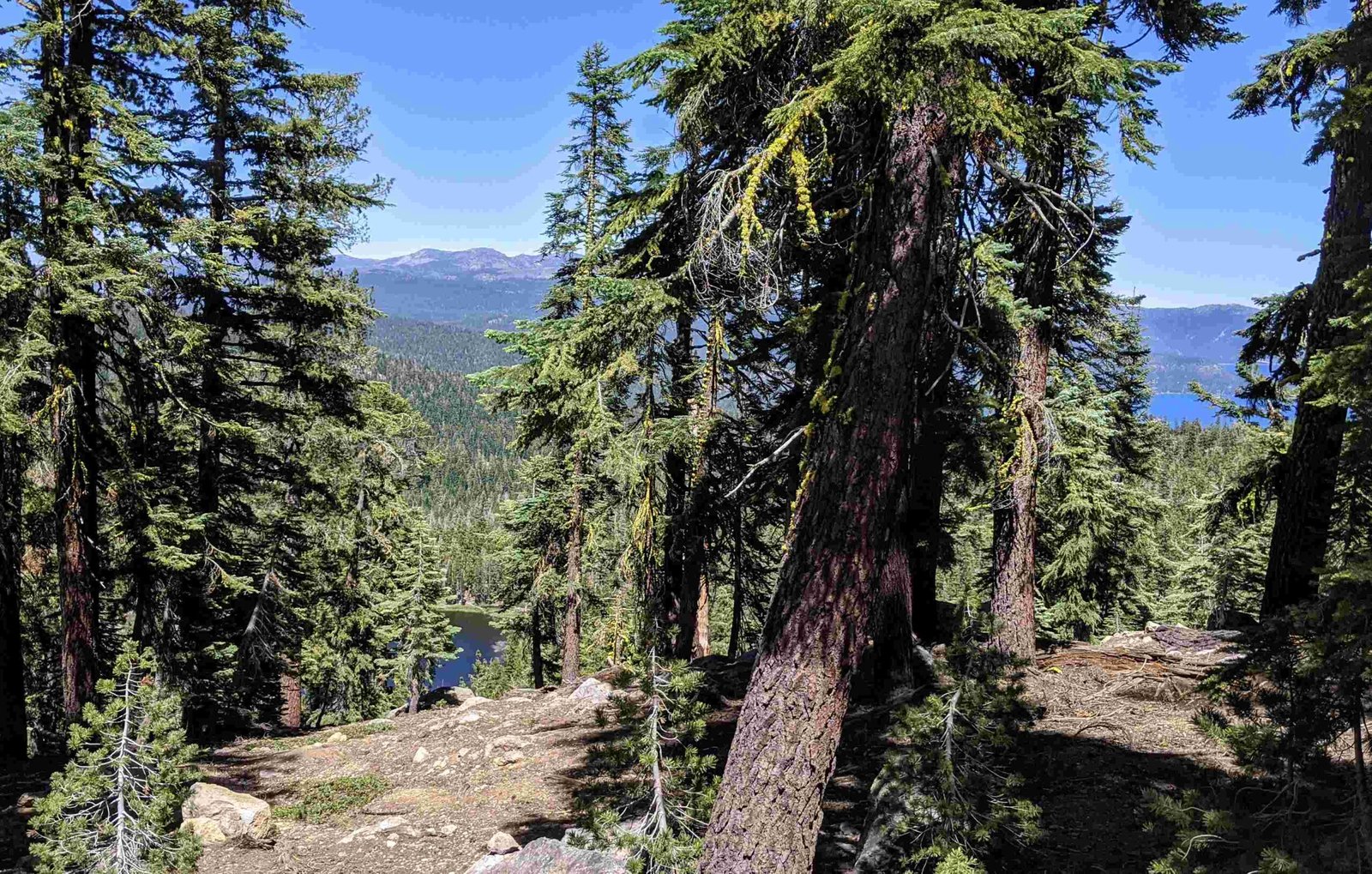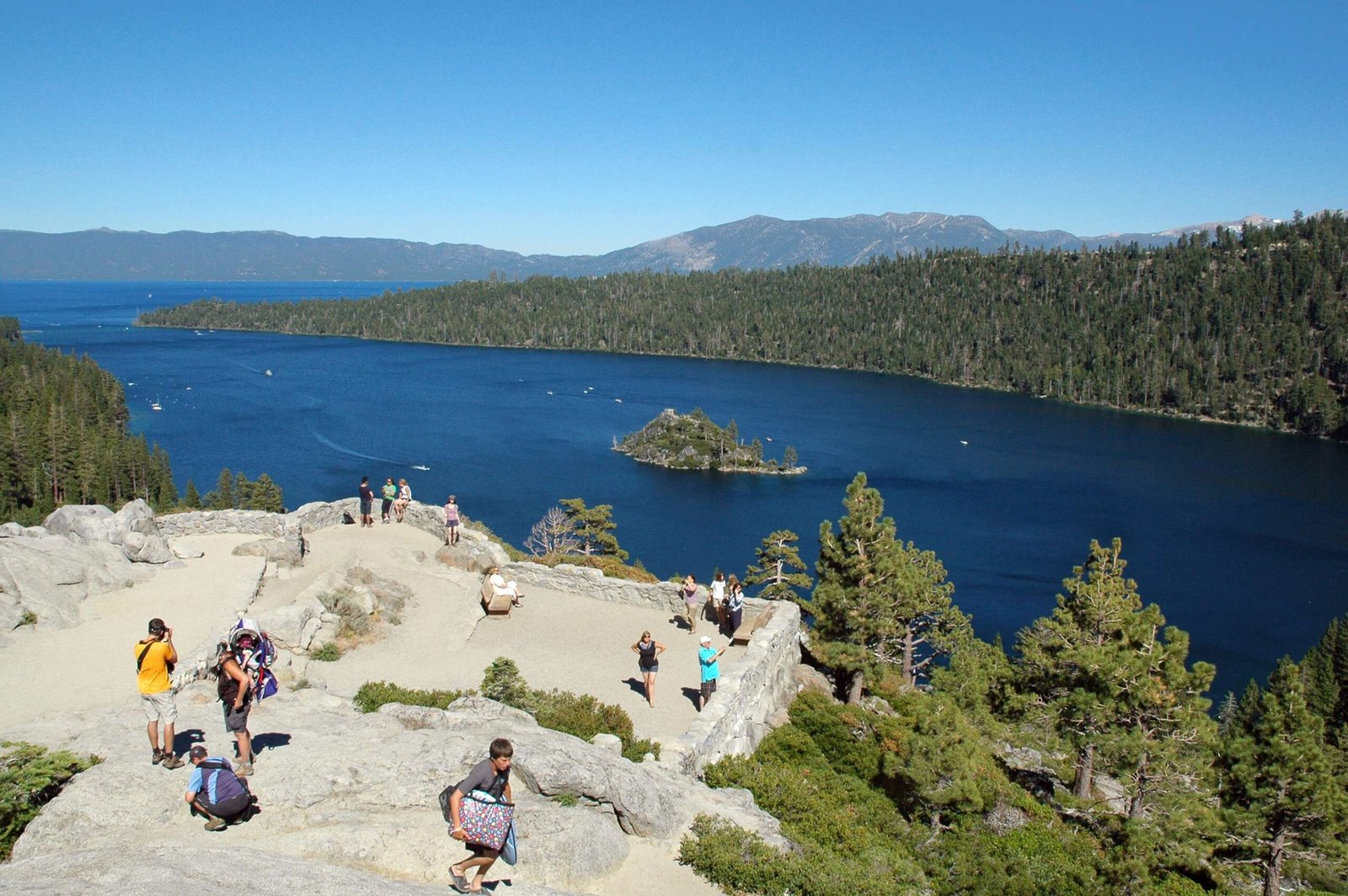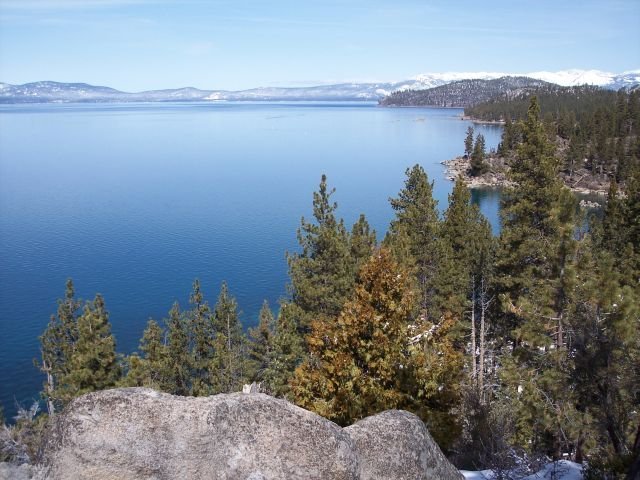Nestled in the breathtaking Sierra Nevada mountains, the Lake Tahoe Golf Course offers a remarkable 6,741-yard championship experience designed by renowned architect William Bell. This par 71 course seamlessly integrates natural landscape elements, challenging golfers with strategic water hazards, elevation changes, and stunning mountain panoramas that make each hole a unique golfing adventure.
What Makes the Lake Tahoe Golf Course Layout Unique?

Course Overview and Design Philosophy
The Lake Tahoe Golf Course represents a masterful blend of natural terrain and strategic golf design. William Bell’s architectural approach leverages the mountain landscape to create a challenging yet visually stunning 18-hole experience.
Key Course Characteristics
- Total Yardage: 6,741 yards
- Par: 71
- Terrain: Sierra Nevada mountain landscape
- Unique Features:
- Seven holes interact with Upper Truckee River
- Six holes feature lakes and stream interactions
- Panoramic views of Mt. Tallac and Twin Peaks
How Does Elevation Impact Course Strategy?
The Sierra Nevada mountain setting introduces significant elevation variations that dramatically influence gameplay. Golfers must adapt their strategies to account for:
| Elevation Factor | Gameplay Impact |
|---|---|
| Uphill Shots | Reduced Ball Distance |
| Downhill Lies | Increased Roll Potential |
| Mountain Winds | Trajectory Adjustments |
What Water Hazards Challenge Golfers?
Water plays a critical role in the Lake Tahoe Golf Course layout. The Upper Truckee River and multiple mountain streams create natural obstacles that demand precision and strategic shot selection.
Water Hazard Breakdown
- River Holes: 7 holes interact with Upper Truckee River
- Stream Crossings: 6 holes feature additional water challenges
- Strategic Placement: Water hazards positioned to test golfer skill levels
Are Course Conditions Exceptional?
The course maintains exceptional standards, recognized as a Certified Audubon Cooperative Sanctuary. This designation highlights:
– Environmentally responsible maintenance
– Preservation of local wildlife habitats
– Minimal ecological disruption
What Technical Challenges Await Golfers?
Golfers can expect a technically demanding experience with:
– Strategically placed bunkers
– Undulating fairways
– Elevated greens requiring precise approach shots
– Variable mountain wind conditions
How Does Wildlife Enhance the Golfing Experience?
The course’s natural setting provides unique wildlife interactions:
– Abundant waterfowl populations
– Mountain wildlife sightings
– Integrated natural landscape design
Practical Golfer Considerations

Recommended Equipment
- Clubs with versatile performance
- Extra golf balls for potential water hazards
- Range finder for accurate distance measurements
- Wind-resistant golf attire
Best Times to Play
- Late spring through early fall
- Morning rounds recommended for optimal conditions
- Weekday play offers less crowded experiences
Final Insights
The Lake Tahoe Golf Course layout represents more than a golf course—it’s a comprehensive mountain golfing experience that challenges and delights players through its intelligent design and breathtaking natural setting.
Pro Tips
- Study hole layouts before playing
- Practice elevation shot adjustments
- Enjoy the scenic mountain views
Reference:
– Lake Tahoe Golf Course Official Website
– Audubon Cooperative Sanctuary Program

